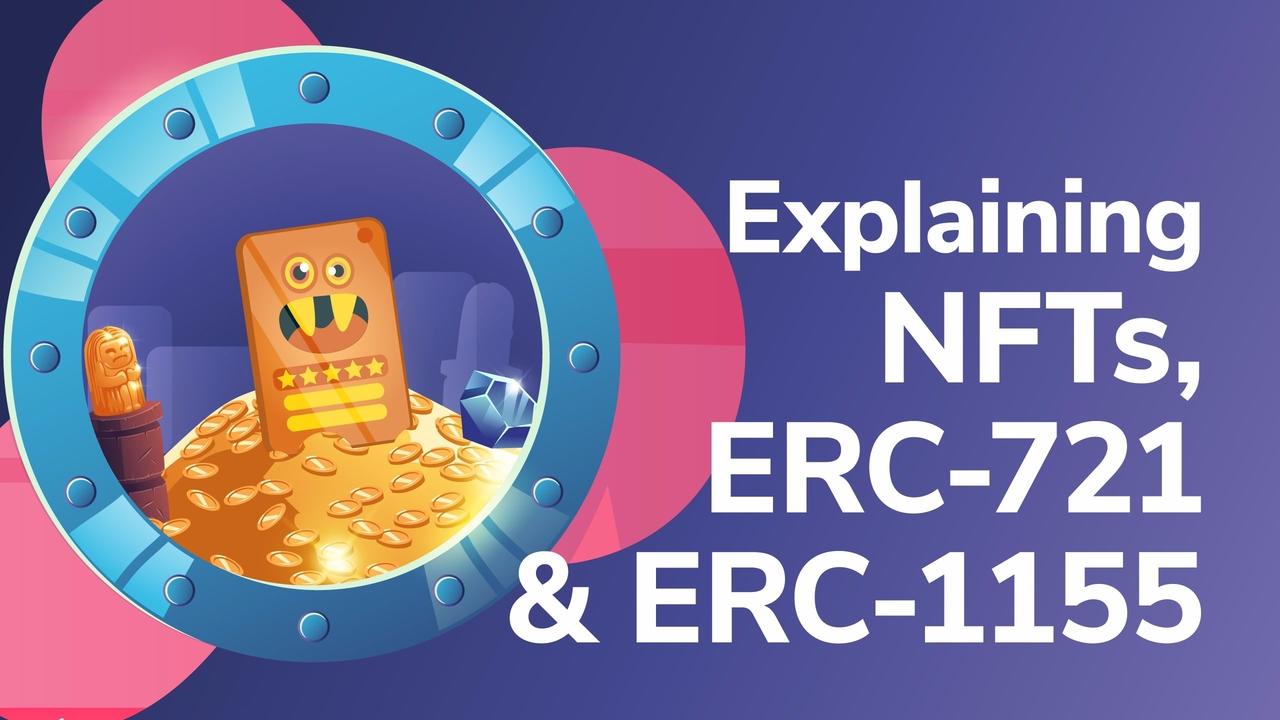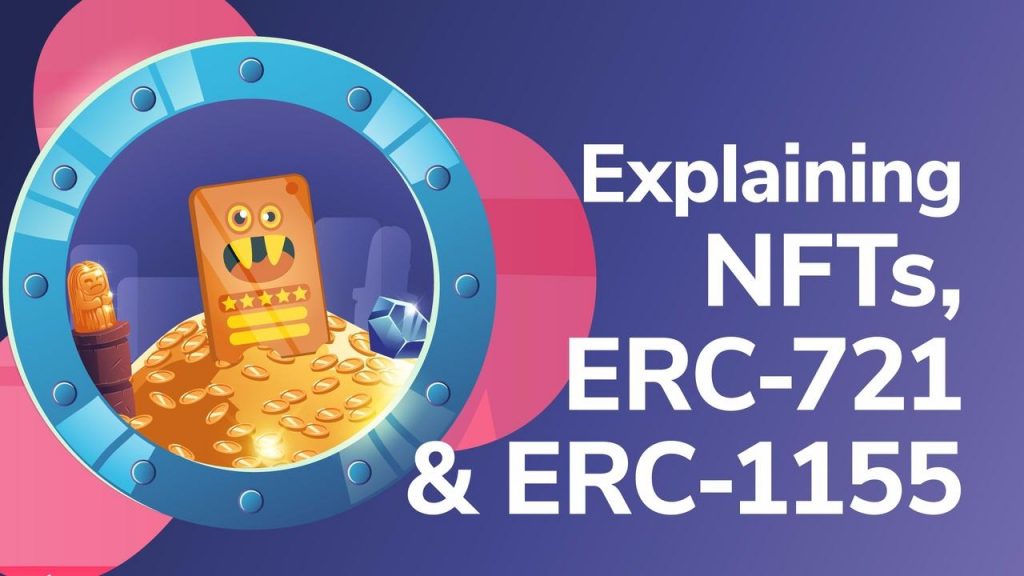
Non-fungible tokens (NFTs) are famously gaining popularity in the gaming and collectible space, and is one of the latest booming areas of the crypto industry. However, the use cases for NFTs stretch far beyond gaming and collectibles. In fact, developers are creating entire virtual worlds using NFTs, and we are still very much in the early stages of adoption. Moreover, NFTs can be used in a wide variety of sectors, from the art industry to within music, fashion, and much more.
In this article, we detail some of the various ways you can use non-fungible tokens. We’ll cover some of the basics of NFTs, how they work, what they are used for, and why NFTs are becoming one of the hottest trends in crypto. As such, we answer “what are NFTs”, and detail the different types of NFTs, such as ERC-721 and ERC-1155.
If you want some backstory to the cryptocurrency industry and better understand what functions NFTs fulfill, we highly recommend you to enroll in Ivan on Tech Academy. Ivan on Tech Academy is the best place to learn blockchain, and over 20,000 enrolled students already agree. Futureproof your knowledge of the blockchain space with Ivan on Tech Academy!
What are NFTs
Non-fungible tokens are cryptographically secure tokens, featuring unique properties and data within the smart contract of the token.

Fungibility is the key difference between NFTs and other cryptocurrency tokens. One Bitcoin in my wallet can be sent to your wallet, and later you may transfer another Bitcoin back; though it may not be the exact same UTXO, it is worth the same value. All known currencies are fungible as they are representative of equal value, and can be used as a medium of exchange from one person to another.
Non-fungible tokens can be used for a variety of things, for both digitally-created assets or tokenized real-world assets on the blockchain. When creating projects, developers must adhere to certain token standards of the blockchain to launch a successful platform (explained below).
ERC-20
“Regular” Ethereum-based cryptocurrency tokens use the token standard ERC-20. A token standard is a set of rules and properties a particular project must follow in order to be compatible and interoperable with wallets and exchanges using the Ethereum blockchain. In fact, more than 250,000 ERC-20-compatible tokens existed on Ethereum's main network as of February 2020, and this number will likely have grown by now.
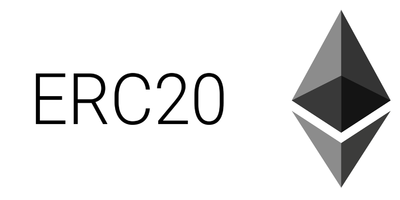
ERC-721
The ERC-721 token standard represents a single unique asset that cannot be interchanged. ERC-721 tokens represent a complete asset, such as a certificate or tokenized good, that cannot be divided. Each ERC-721 token holds its own unique contract values, such as a skillfully programmed piece of art, or ownership and identity details of a tokenized real-world asset such as a house. Though there is complete flexibility in the creation of a token, ERC-721s are solid in terms of immutability, transparency of ownership, and security. In being unique, ERC-721 tokens are commonly referred to as being “non-fungible”, hence they are non-fungible tokens (NFTs).

ERC-1155
The ERC-721 standard is great for tokenizing and creating unique assets that can be transferred from one wallet to another. However, a collection of ERC-721 tokens can prove slow and inefficient, for instance, when transferring multiple armor pieces in a game for a particular character. This is where ERC-1155 comes in, and can offer unique digital NFTs, that allow batch transfers of multiple tokens at once, and at a much faster speed than an ERC-721. ERC-1155 tokens are often described as a “next-generation multi-token standard”, and the focus here is truly a “multi-token” approach. ERC-1155 is developed by Enjin,and supports both non-fungible tokens as well as fungible tokens.

There has been a lot of speculation about the value proposition of NFTs, particularly in the arts and collectibles communities, arguing that someone could simply download or ‘copy and paste’ an image or take screenshots of a digital asset on your phone.
Non-fungible tokens display true ownership of an asset on the blockchain. NFTs can hold restricted and limited rights to an asset, allowing the owner exclusivity to a function, art piece, or audio file. We have explained a little more in-depth in another article about what NFTs are if you would like to deepen your understanding.
How Different Types of NFTs are Used
There are hundreds of potential use cases for non-fungible tokens to be used in our every-day life. The ability to digitally verify scarcity and originality will disrupt the current online consumer behavior, arguably for the better, as people will be more consciously aware of where their money is going.
Art
Seemingly the most common type of NFT art available is programmable art, intertwining creativity and technology. There are thousands of limited edition 4D moving artwork pieces that can be programmed to change upon different circumstances being met. With the use of oracles and smart contracts, artists have created images that respond according to the price fluctuation of crypto assets. For example, a picture of the Mona Lisa has been digitally recreated to smile as the price of ETH is going up, and to frown if the price has gone down.
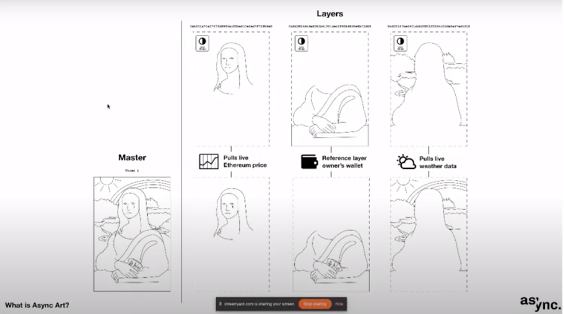
The traditional fine arts industry appears to be showing interest in blockchain technology, through the use of tokenizing real-life artwork. The use of IoT (internet of things) and blockchain, means one can scan a code on a sticker placed on the back of a painting, and register as the owner of the piece on the blockchain. The blockchain could then display an artwork’s full history of previous owners and prices sold for.
Certifications and Personal Licenses
Following the completion of a course, a certificate is usually received in either a hard (paper) or soft (online) copy. Most employers and universities will require copies of these certificates as part of the referencing process before offering someone a position in a company firm or educational institution.
Having a personal license or certification recorded on the blockchain as an NFT saves countless hours of administrative processes finding, checking, and verifying records. It also provides an easy way for a graduate to safely and securely store the evidence of their education, without the worry of it getting lost or deleted in the future.
Collectibles
One of the first ways people learn how to use NFTs is usually through online collectibles, such as the much-loved CryptoKitties, whose popularity congested the Ethereum network at its peak in 2017. CryptoKitties are unique digital kittens that can be bred to make more unique kitties, with certain characteristics deemed more favorable than others (such as eye color or fur pattern).
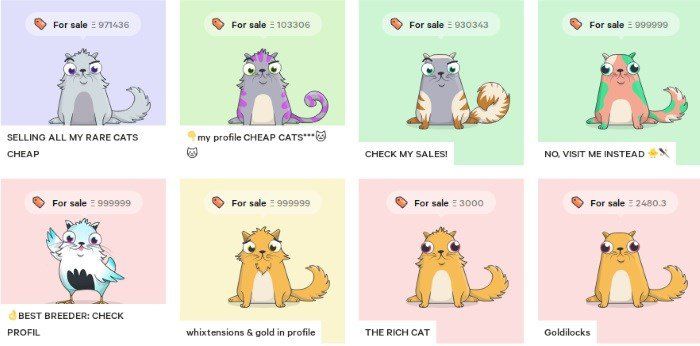
If you’ve not seen Good Morning Crypto, the latest NFT collectible everyone is chasing are the Ivan on Tech, Big Boy Pants! We have first and second generations, alongside limited edition ‘Big Strong Guy’, and the Halloween ‘Big Boy Pumpkin Pants’, and more to be announced soon! Keep reading to learn how you can get your hands on a pair!

If you are just looking to get educated regarding crypto and NFTs, then pay a visit to Ivan on Tech Academy. Beyond the countless blog posts and guides freely available, you can also get 20% off when enrolling if you use our exclusive promo code BLOG20!
Domain Names
An additional way people are learning how to use NFTs, without necessarily realizing it, is through decentralized domain name services such as Unstoppable Domains, or the Ethereum Name Service (ENS). The ENS allows users of Ethereum based crypto wallets, to change their address from a long, difficult-to-remember string of numbers (e.g. 0x…) to ‘myname’.eth, creating a much friendly user and on-boarding experience.
Unstoppable Domains is powered by the Crypto Name Service (CNS), which is also built on the Ethereum blockchain. Creating a domain name generator is fairly easy, the difficult part is gaining adoption and demand for the domains, and both Unstoppable Domains and the ENS have proved successful in marketing their decentralized domains created with the ERC-721 token standard.
Fashion
The integration of blockchain into the fashion industry is appearing fruitful for all participants in the supply chain. Consumers are now able to digitally verify ownership of designer wear and goods on the blockchain, by simply scanning a QR code attached to the sale tag or internal label as an NFT.
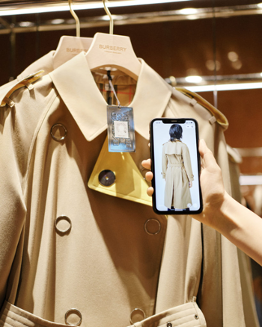
More importantly, by claiming ownership, consumers can view the location of the farm or factory used to create the materials for the garment, and see the different processes involved from creation to purchase.
Introducing blockchain technology is also aiding in helping reduce CO2 emissions and increase employee welfare in the supply chains of major international retailers.
Music
Music files or songs can be attached to NFTs, meaning that only the person who owns that song can listen to it. Platforms such as Rarible and Mintbase allow artists to mint their songs in the form of a non-fungible token for fans to enjoy.
From a dedicated fan’s perspective, this means that only a limited amount of these records will be available, they cannot be copied or uploaded anywhere else, giving the music a collectible-quality similar to that of vinyl, but with the modern technology underpinning its rareness.

A record collection was one of the most common forms of collectibles in pre-digital popular culture, but this was overturned by the introduction of the internet and music streaming sites. Music pirating is rife within the industry and costs artists millions.
With the use of NFTs, not only can artists cut out middlemen and be paid directly in full by their fans, but the music can be a limited or special edition run. For more on this topic, we've already got another article on blockchain in the music industry.
Soon To Come - Finance & Insurance
This is where the NFT scene can truly begin to flourish. The 24-hour transaction volume of NFTs is minuscule at present, which may put off some institutional investors transacting large amounts of funds. Once financial NFTs, in the form of financial bonds or mortgage agreements, or digitalized insurance agreements come to market, this will show strength in the NFT sector, for other industries to follow suit. No one wants to be first, no one wants to be last.
Where To Buy NFTs
Tokenized assets in fashion generally are only available through direct sale of the retailer.
For other types of NFTs; art, collectibles, and domain names to mention a few, then the best place to browse and purchase non-fungible tokens is through an online marketplace.
OpenSea
OpenSea is one of the largest NFT marketplaces, comparing itself to be the eBay of the NFT world. You can buy and sell just about anything, including Axies, CryptoKitties, ENS names, and virtual worlds. Through Decentraland it is possible to purchase virtual landscapes in the form of NFTs, where you can create and build your own surroundings and get lost in another world.
Rarible

Rarible is a popular and more recent NFT marketplace, similar to OpenSea offering lots of different types of NFTs. Powered by its native governance token $RARI, the platform is completely decentralized allowing token holders to propose and vote to make adjustments and developments on the platform. Users on the Rarible platform are eligible to receive $RARI tokens when making a sale or purchasing NFTS.
Nifty’s
Nifties, or the Nifty Gateway, was founded in 2018 by brothers Duncan and Griffin Cockfoster. In 2019 it was announced that centralized cryptocurrency exchange, Gemini, acquired Nifty Gateway through parent company Gemini Trust Company, LLC.
Through the Nifty Gateway, users can purchase some of the hottest crypto games and decentralized applications such as Gods Unchanged and CryptoKitties. The Nifty Gateway allows users to purchase NFTs with fiat currency, just like any other purchase - which makes NFTs easily accessible to non-crypto users.
The digital collectibles economy is powered by NFTs known as Nifties. The acquisition by Gemini confirms that NFT tokens are set to be one of the hottest trends in cryptocurrency.
Somnium Space
Somnium Space is developing a social virtual world on the Ethereum blockchain where users can buy and sell land, build, and monetize their virtual creations using their open marketplace using their own in-market cryptocurrency, CUBE. Somnium Space is available for free on Steam and is compatible with most VR headsets.
JuicyNFTs.com

If you head to juicynfts.com you will see a clear display of the previous 24hr transaction volume of NFTs, in addition to the previous 7 days. Below is a list of the top NFT marketplaces and their transaction volumes.
If you fear the Altcoin Forest and feel in need of some protection, head to JuicyNFTs for all Big Boy Pants and Ivan on Tech NFTs you want!
Where To Store NFTs
A key thing to consider before purchasing an NFT is where you can store it. Similar to when purchasing cryptocurrencies, you will need an electronic wallet to store your digital assets.
These electronic wallets can be integrated into your browser, such as with Metamask (compatible with Chrome and Brave). One of the most popular non-custodial online wallets, Metamask, is now offering a direct native token swap with NFTs within the app, making it easier than ever to transact.
Ledger confirmed a partnership with Metamask a few years ago, allowing users to store their ERC-721 CryptoKitties in secure cold hard storage.
Whilst OpenSea will require you to have a wallet to connect and transact with the platform (such as Metamask), the Rarible platform hosts its own wallets, allowing users to store their NFTs in their account on the app online.
Coinbase also supports NFTs after integrating ENS addresses, which, as one of the most popular centralized exchanges and fiat onramps, allows new people to the crypto and blockchain sphere to feel comfortable and unintimidated when learning how to use NFTs.
How To Use NFTs: Summary
Non-fungible tokens come in all shapes and forms (and standards!), which we can expect to see more of in the coming years with the increasing popularity across platforms and project integrations. For example, just the differences between ERC-721 and ERC-1155 can give rise to vast differences in the tokens' use-cases.
NFTs are primarily either digitally created assets, or tokenized real-world assets on the blockchain, opening up a plethora of opportunities for future use cases as adoption continues. With so many variations, it is advisable to learn how to use NFTs in terms of their function and storage availability before jumping right in and buying one. These attributes will change depending upon the type of NFT and industry in which it is created and utilized.
We will soon be living in a world with NFTs being used as apart of our everyday life routine, the side effects of which include increased transparency and security in retail supply chains, hours upon hours saved in administrative processes, and greater opportunities for independent musicians, artists, and entrepreneurs to become financially free through their own work.
Be sure to check out Ivan on Tech Academy to get all the necessary background information on the crypto sector. Ivan on Tech Academy offers dozens of courses on everything blockchain, cryptocurrency and DeFi-related. As such, it’s the easiest way to guarantee that you know what you’re doing when dealing with NFTs and all things crypto!
